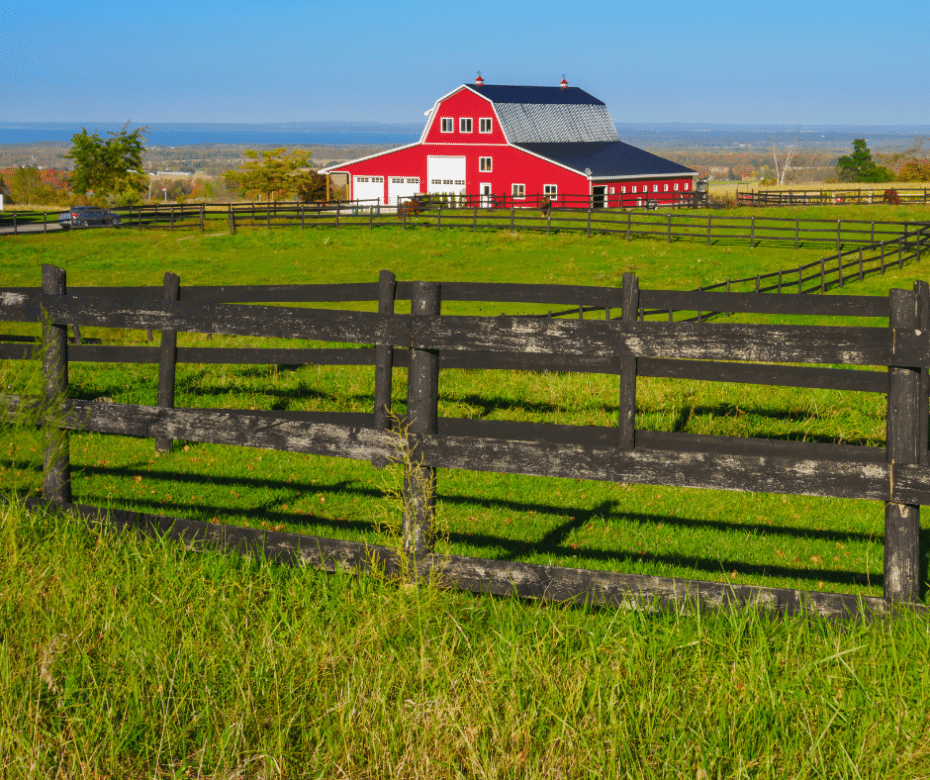Call Us At 519.672.5666
Insights & Articles
Formalize The Family Farm With Shareholder Agreements

A version of this article originally appeared in the February issue of Country Guide.
What if everyone in the farm business could lay out their expectations and at the same time determine what is expected of each to make the business work? And what if you could also design a roadmap for how each person exits the operation or buys out other parties?
It might not sound simple, but there is a way.
A shareholder’s agreement is an important document that provides a framework for the governance of a corporation, share transfer restrictions and exit provisions, among many other elements. Anyone who may be affected by their outcomes should be involved in drafting the shareholder’s agreement.
Corporate Governance
Corporate governance outlines who will be the directors and officers of the corporation. It also stipulates which decisions will require unanimous shareholders’ approval, such as the sale of specific assets or the majority of assets, equipment purchases over a certain amount and how dividends will be paid to shareholders. Simply put, governance is where managerial responsibilities are assigned.
These provisions are frequently overlooked during negotiation and preparation of a shareholder agreement, often because the farm plans to continue operating the way it always has based on the premise that “it works good enough”.
But shareholders can avoid a lot of tension and many efficiencies can be gained by taking a deep dive into business operation responsibilities and by working out a plan for transitioning these responsibilities over time. Milestones such as someone’s age, the date on which a certain number of shares have been transferred, or when the operation attains a certain size, can be used to mark transfer of responsibilities. The important point is that a clear date is established for transferring responsibility.
Share Transfer Restrictions and Exit Provisions
A shareholder’s agreement includes restrictions on how a shareholder can deal with their shares. The agreement also outlines the mechanisms for transferring shares to other people.
Typically, shares cannot be transferred without consent of other shareholders unless shares are transferred to an affiliated or related party (e.g., spouse, children), or within a corporation controlled by a shareholder or related family member. Any third party transfers must have consent of the other shareholders. New shareholders should sign a Joinder Agreement which stipulates that they will assume the obligations of the shareholder’s agreement.
Various exit provisions can be included in a shareholder’s agreement, but the most common types are the shot gun clause, right of first refusal or right of first offer, and tag-along, or drag-along, clauses.
A shot gun clause is when one shareholder gives notice to the other shareholders that they will purchase the other shareholders’ shares at a certain price or sell at the same price. The other shareholders can either accept to sell their shares or purchase the shares from the offeror.
Right of first refusal is when a shareholder wants to sell their shares to a third party. Other shareholders have a first right of refusal on the offer prior to shares being sold to a third party.
Right of first offer is when a shareholder must offer to sell shares to other shareholders prior to selling their shares to a third party.
Tag-along and drag-along rights are beneficial to include in an agreement if there are minority shareholders. The tag-along clause allows a minority shareholder to tag along with a majority sale of shares whereas a drag-along clause allows the majority shareholder to drag along the minority shareholders on a sale of shares.
Based on the situation, other exit provision options can be included in the agreement.
Provisions for how to handle shares in the event of a shareholder’s employment termination, in the event of death or disability, or separation from a spouse should also be included. One option is for the corporation to repurchase the shares in these situations. In the event of death or disability, another option would be for the shares to go to the shareholder’s spouse or child. The best option is whatever protects the corporation.
Life insurance should also be discussed because in the event of the death of a shareholder, life insurance can help the corporation repurchase shares of the deceased shareholder.
Farm-Specific Provisions
The following are examples of provisions that farm corporations may need to include in their shareholder’s agreement:
- Who will manage the corporation and how management will change over time.
- How retirement income will be handled or how a buyout of retired shareholders will be initiated.
- Housing or dwellings owned by the corporation.
- Security over corporately owned lands for exiting shareholders where money is owed.
- Release of guarantees and removal from loan agreements over time.
- How to deal with unexpected circumstances such as the death of a shareholder or the managing mind or a Key shareholder becoming disabled.
- Requirements for life insurance.
These are just a few of the important topics shareholders should discuss.
Overall, a shareholder’s agreement outlines various terms upon which the parties agree so that the corporation can continue to operate as effectively as possible. This is especially important when multiple generations are involved. Failing to have a shareholder’s agreement in place will significantly harm the farm operation and the ability to pass it along to further generations.
About The Authors
If you have any questions with regard to planning for retirement or this article, please contact Jon Barnett or Ashley Podolinsky. Both have extensive experience with agri-business and succession planning.

